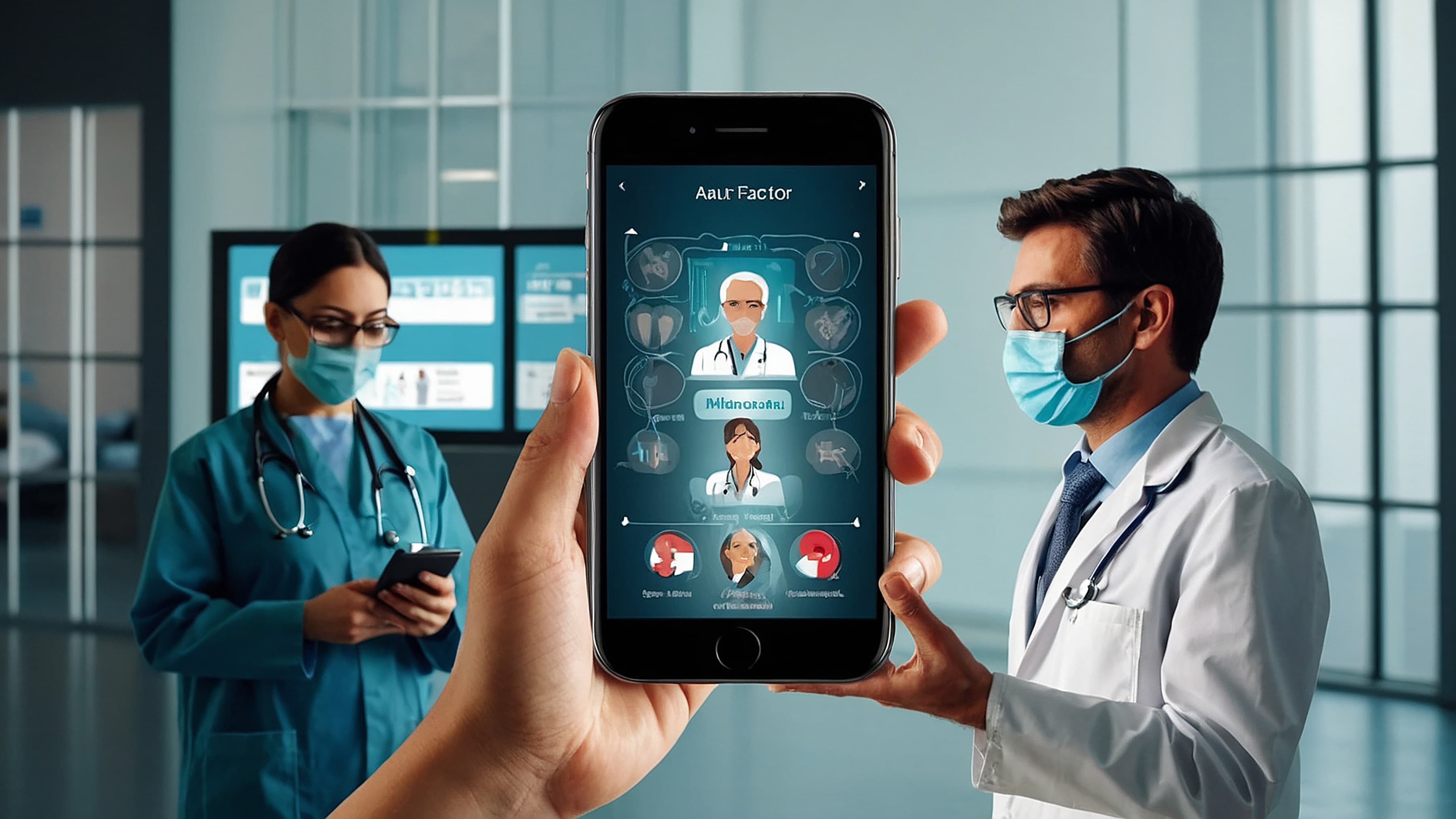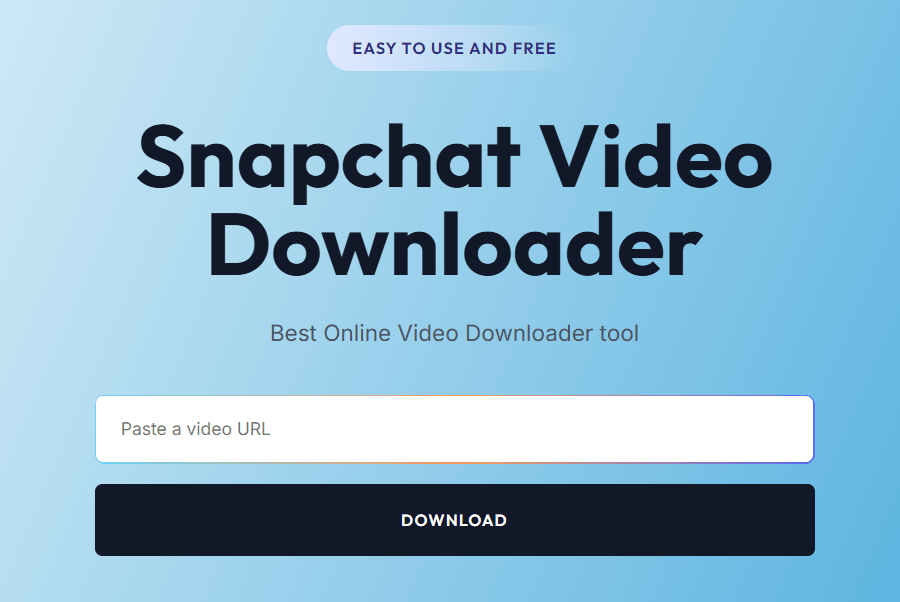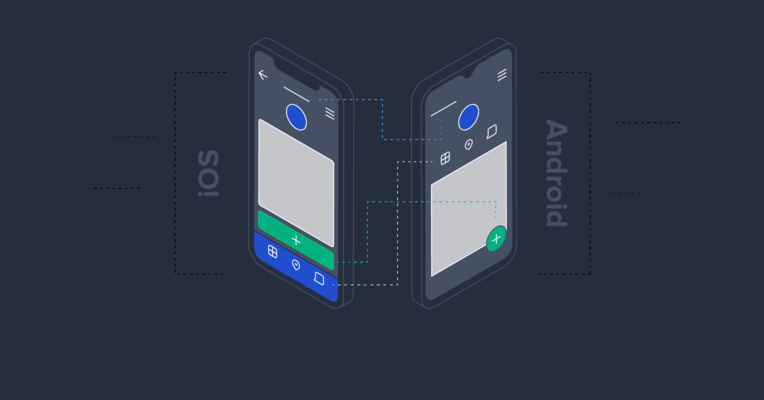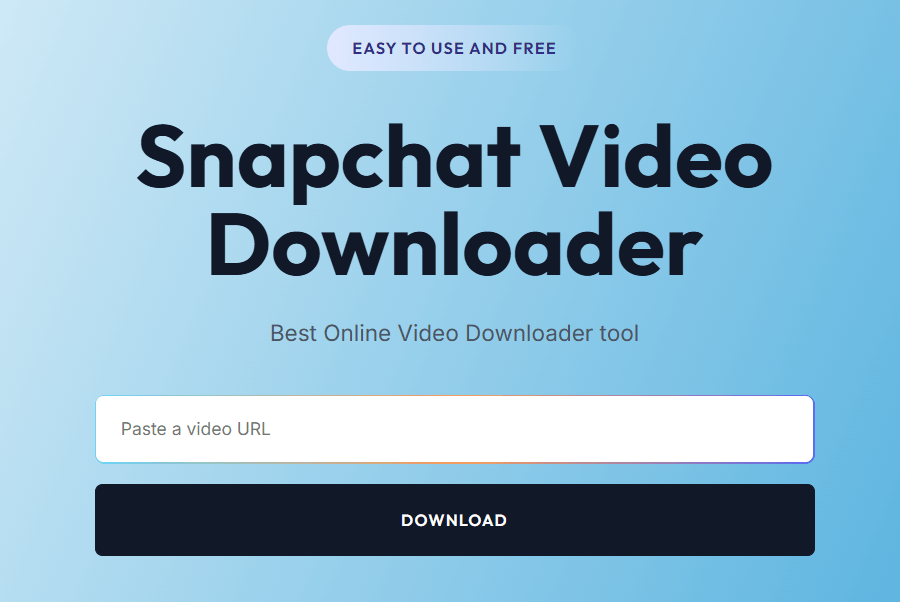Top 7 Features Every Doctor Appointment Booking App Should Have

Strong 8k brings an ultra-HD IPTV experience to your living room and your pocket.
In today’s digital era, the way patients access healthcare is rapidly evolving. Gone are the days of long waiting times and endless phone calls to book a doctor’s appointment. With the rise of doctor appointment booking apps, patients can now schedule, reschedule, or cancel their healthcare appointments anytime and anywhere, bringing unprecedented convenience to both patients and healthcare providers.
For clinics and hospitals, adopting a robust medical booking platform isn’t just about keeping up with technology—it’s about enhancing patient experience, streamlining operations, and staying competitive in a fast-paced industry. But not all healthcare appointment apps are created equal. To truly stand out and deliver value, a doctor appointment booking app must offer essential features that cater to the needs of both patients and medical staff. In this article, we’ll explore the top seven features every doctor appointment booking app should have to ensure seamless, secure, and efficient healthcare delivery.
1. User-Friendly Online Booking and Scheduling
A complicated booking process can deter patients from scheduling an appointment. A user-friendly interface ensures that patients of all ages and tech-savviness levels can easily navigate the app.
Key elements to include:
- Simple, step-by-step booking flow: Minimize the number of steps and required fields.
- Real-time doctor availability: Show up-to-date slots to avoid double bookings.
- One-click rescheduling/cancellation: Allow patients to manage their appointments without hassle.
- Calendar integration: Sync appointments with Google Calendar, Outlook, or Apple Calendar for reminders.
- Walk-in queue management: For clinics that accept walk-ins, offer a digital queue system to reduce waiting times.
Pro Tip:
Include a guest booking option for first-time users who may not want to register immediately.
2. Comprehensive Doctor Profiles and Smart Search
Patients want to make informed decisions about their healthcare providers. Detailed doctor profiles and advanced search filters help patients find the right match quickly.
Key elements to include:
- Doctor bios: Education, experience, certifications, and specializations.
- Languages spoken and gender: For patient comfort and inclusivity.
- Patient reviews and star ratings: Build trust and transparency.
- Clinic/hospital location and map integration: Help patients find the facility easily.
- Availability calendar: Let patients see when their preferred doctor is free.
Pro Tip:
Offer a “compare doctors” feature so users can view multiple profiles side by side.
3. Automated Reminders and Notifications
Missed appointments are a common issue that affects both patient care and clinic revenue. Automated reminders reduce no-shows and keep patients engaged.
Key elements to include:
- Multi-channel notifications: Send reminders via SMS, email, push notifications, and even WhatsApp.
- Customizable reminder settings: Let patients choose how and when they want to be reminded.
- Follow-up reminders: Notify patients about recommended follow-up visits or health checkups.
- Health tips and seasonal alerts: Engage patients with relevant healthcare information.
Pro Tip:
Send post-appointment surveys to collect feedback and improve service quality.
4. Secure Registration, Authentication, and Data Protection
Healthcare data is highly sensitive. Security and privacy must be top priorities to comply with regulations and build patient trust.
Key elements to include:
- Multi-factor authentication: Enhance login security.
- End-to-end encryption: Protect all data transmissions.
- Role-based access controls: Ensure only authorized staff can access sensitive information.
- Compliance with standards: Follow HIPAA, GDPR, or relevant local data privacy laws.
- Regular security audits: Keep the system updated against vulnerabilities.
Pro Tip:
Offer biometric login (fingerprint or facial recognition) for added convenience and security.
5. Integrated Payments and Insurance Verification
A seamless payment and insurance process saves time for both patients and clinics, reducing administrative burden and improving cash flow.
Key elements to include:
- Multiple payment options: Credit/debit cards, UPI, digital wallets, net banking, and even cash on arrival.
- Transparent billing: Show consultation fees, taxes, and any additional charges upfront.
- Insurance verification: Instantly check insurance eligibility and coverage before the appointment.
- Automated invoicing and receipts: Send digital copies to patients for their records.
- Refund and cancellation policies: Clearly communicate terms to avoid confusion.
Pro Tip:
Integrate loyalty programs or offer discounts for repeat bookings to encourage patient retention.
6. Telemedicine and In-App Communication
Virtual consultations have become a necessity, especially for follow-ups, minor ailments, or patients in remote areas. Secure communication channels enhance the overall healthcare experience.
Key elements to include:
- HD video and audio calls: Ensure high-quality, lag-free telemedicine sessions.
- Secure chat: For non-urgent questions, sharing test results, or clarifying prescriptions.
- File sharing: Allow patients and doctors to exchange documents, images, or reports safely.
- Virtual waiting room: Manage patient flow during busy telehealth hours.
- Session recording (with consent): For record-keeping or future reference.
Pro Tip:
Add language translation features for multilingual consultations, expanding your reach.
7. Electronic Health Records (EHR) and Prescription Management
Centralized health records and digital prescriptions streamline care, reduce errors, and empower patients to manage their health.
Key elements to include:
- Patient dashboard: Access to health history, lab results, and previous prescriptions.
- Digital intake forms: Collect patient information before appointments to save time.
- E-prescriptions: Doctors can send prescriptions directly to the patient’s app or preferred pharmacy.
- Medication reminders: Help patients adhere to their prescribed treatment.
- Secure document storage: Patients can upload and access their medical files anytime.
Pro Tip:
Allow patients to share their EHR with other healthcare providers for second opinions or referrals.
Bonus Features to Consider
Multilingual support: Cater to diverse patient populations.
AI-powered symptom checker: Guide patients to the right specialist or care pathway.
Family account management: Book and manage appointments for dependents or elderly family members.
Analytics dashboard for clinics: Track appointment trends, patient demographics, and staff performance.
Integration with wearable devices: Sync health data from fitness trackers or smartwatches.
Conclusion
A well-designed doctor appointment booking app is more than just a scheduling tool—it’s a comprehensive healthcare solution that benefits patients, clinics, and hospitals alike. By prioritizing these seven (and bonus) features, you can create the best doctor appointment booking app for clinics and hospitals, ensuring a seamless, secure, and satisfying healthcare appointment experience for all.
Note: IndiBlogHub features both user-submitted and editorial content. We do not verify third-party contributions. Read our Disclaimer and Privacy Policyfor details.







